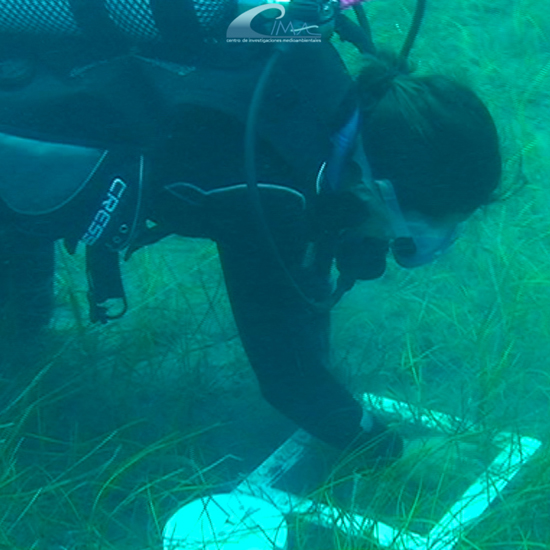 At CIMA (Atlantic Center for Environmental Research, S.L.), we want to show you what we do—both in our offices and beyond.
At CIMA (Atlantic Center for Environmental Research, S.L.), we want to show you what we do—both in our offices and beyond.
On this page, you’ll find a series of short videos called "Things We Do at CIMA", which will help explain what we do and how we do it. All to bring you closer to the world of Marine Biology and Oceanography.
«Things We Do at CIMA» #18: Oceanography:
The oceonography is a field of science that studies seas and oceans and everything related to them, including their structure, composition, and dynamics—from physical processes like currents and tides to geological processes like sedimentation or ocean floor spreading, and biological processes.
Within the oceanography area, we conduct studies on currents and marine hydrodynamics , discharge dispersion models, and pollutant distribution in the marine environment.
We use specialized software for these studies and develop sampling protocols tailored to specific needs:
– Coastal Dynamics Studies:
We use current meters and current profilers, along with coastal modeling programs, to study currents and create dispersion models.
– Water Quality Studies:
We employ multiparameter probes capable of recording oceanographic parameters for assessing coastal water quality, with sensors for temperature, pH, dissolved oxygen, conductivity, chlorophyll, and turbidity.
We utilize a CTD device to create oceanographic profiles that determine the vertical structure of water masses. It provides continuous data on temperature, depth, conductivity, pH, turbidity, and chlorophyll in the water column, down to 300 meters depth.
– Oceanographic and Marker Buoys:
Among our services, we install oceanographic and marker buoys equipped with 8 water quality data sensors and a real-time communication system. Authorized personnel can monitor the data collected by the sensors, as well as the buoy’s status, position, etc., at any time.


